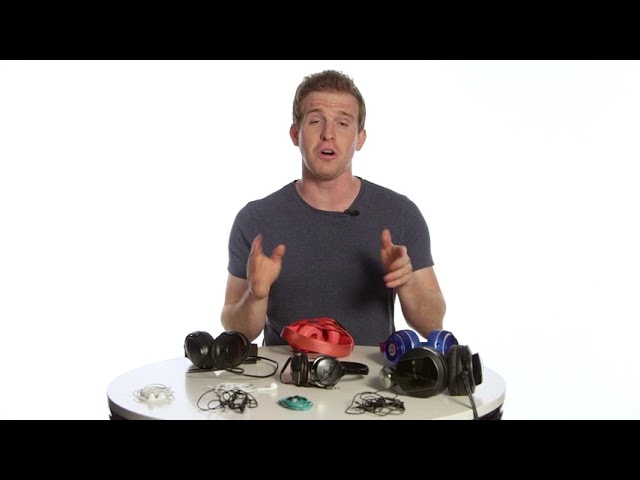
The Animation Process
The animation process is making a video that has multiple frames. In-betweening is vital in all types of animation because it creates the illusion of motion. To create a fluid animation, you must understand this process. There are several steps that you will need to take when creating an animation.
Storyboards
Storyboards are a key component of the animation process. They help a team envision the entire video production. They also help determine the timeline and budget for a project. Using storyboards helps teams avoid costly mistakes and streamline the production process. In the video production process, storyboards are an essential tool for ensuring the success of an animated video. However, they are not the only benefit of an animated video.
Storyboards should include details of each shot, as well as notes on the camera movement. Storyboards are subject to changes, so it is important to get the client’s input before starting the animation process. During the production phase, storyboards are usually reviewed and revised by team members, clients, and even friends and family members.
Compositing
The process of compositing involves combining two or more images into a single image. It was first developed in the late 1800s by French filmmaker George Melies, who pioneered special effects and created the concept of multiple exposures.
The compositing animation process uses a variety of techniques to achieve the desired effect. It can save production time and allow for a variety of effects. For example, a compositing artist can add a sun reflection to a scene and save time on render time. Another example is when a character’s silhouette is used to emphasize a line of dialogue.
Character Design
Character design is an important part of the animation process. It should take into account the type of character, its mood, and its vibe. Starting with a rough sketch is essential. It’s crucial not to get hung up on how the character looks when it’s finished, so it’s best to sketch more than once.
After creating the character’s anatomy, the next step is to add details. These include nose shapes, ears, clothing, and hair. The model may also be rotated and posed. In the final stages, the character may need to be redesigned or remade.
Background Design
A background is an essential part of the animation process. It sets the tone for a story and helps complete a drawing or illustration. It also serves as a visual reference for the animated character. For example, the background of the Disney movie The Lion King features a moving scene, in which the animals move as the sun rises, heading towards Pride Rock. This background is a great example of background design because it establishes the tone of the story and establishes the universe. It also contains details that evoke different emotions from viewers.
After the background is created, an artist will refine the design with lines and tones. They will also ensure that the background blends seamlessly into the story. The artist will then begin the animation production process.
Building Shots
Building shots during the animation process consists of composing shots and creating character models. After storyboards have been approved, the characters and their designs are sent to the layout department, where they will be created in 3D. Model sheets will show how the characters will appear during the animation process and will help directors plan the visual effects and sequences.
Blocking is an important element of animation. It helps animators explore relationships by placing objects and people in a frame. For example, an equal proportion shot suggests a balanced relationship between two characters. Film framing is an important factor in animation because it can give animators more control and creativity. Often, the most important visual information is in the center of the frame.
Dialogue Recording
Dialogue recording is one of the key stages of the animation process. The first step is creating the script, and the next step is recording the voice actors. It involves recording the actors’ voice and editing it to match the film. Then the animation supervisor will map the mouth sounds to the frames of the movie. Without pre-lay recording, production schedules can slip. The voice actors must be recorded months before the animation process begins, and any significant changes would mean re-recording the voiceover work.





